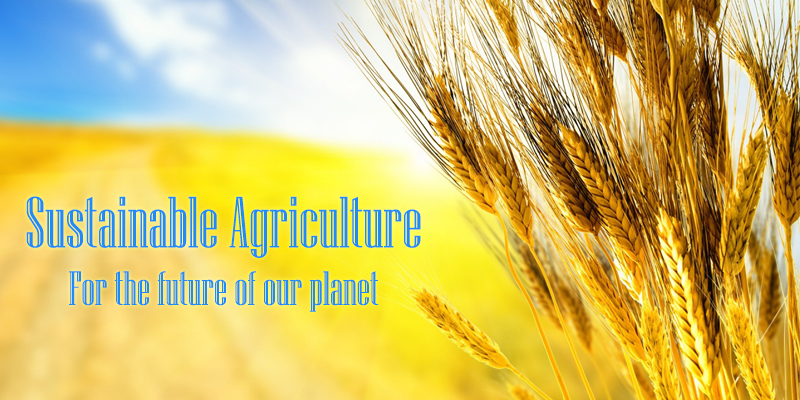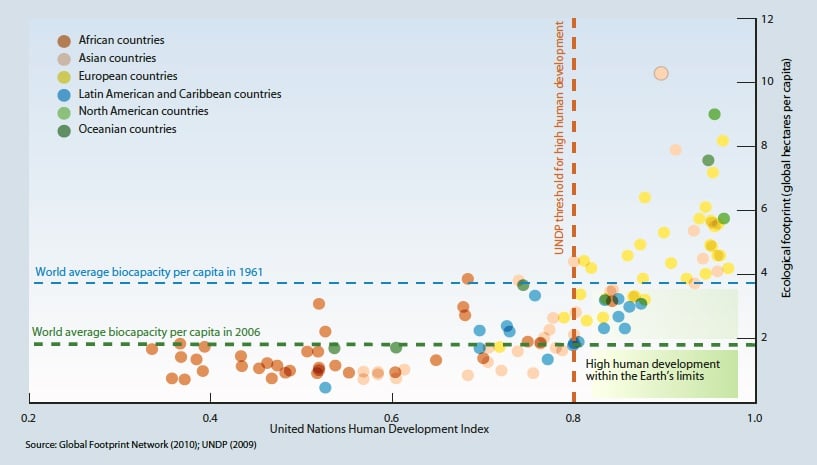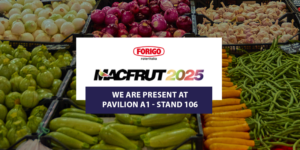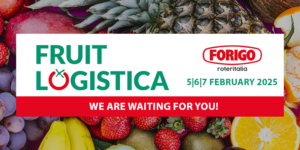News
Sustainable Agriculture: For the future of our planet
News _ 30 NOVEMBER _2018
The concept of sustainability is still evolving and it can be applied in every kind of sector, from primary sector to service one. When sustainability meets agriculture, sustainable agriculture happens. Discover, in this article, what this practice is about and how it contributes to the prosperity of our precious planet.
Sustainable is what guarantees the most effective answer to man kind’s multiple expectations. Obviously, these expectations are not satisfied by the market for goods and services, but they comprehend in equal measure even social and ecological aspects, which are always directly involved in a sustainable process. Therefore, sustainability cannot simply answer to man kind’s expectations only, but it should be involved globally. At the same time, it cannot be considered just for the effects produced in a certain territory, but the analysis should be expanded to the whole planet. Furthermore, sustainability, or the capacity to satisfy the expectations, changes and evolves itself through the time, influenced by knowledge, technology and from populations’ expectations. So, it is possible to affirm that a sustainable productive process of today, will not be the same Tomorrow. A productive process, or more in general, any human activity, can reach various degrees of sustainability: so, sustainability can be valued also in quantity terms. As briefly exposed, we can deduce that human activities may be characterized by a high level of sustainability only when society’s “expectations” will be sustainable as well.
The priority to make man kind’s activities sustainable, is expressed by all the Mondial organizations. UNEP, ONU’s organ, stresses how high developed States produce a very large ecological footprint, meanwhile States where the ecological footprint is relatively small suffer for the lack of elementary services like for instance wellness, culture, water and food. Only through sustainable productive models will be possible to make a double change in order to obtain a reduction of ecological footprint and a more equilibrated and diffused use of the resources.
In agriculture, the research of sustainability is complex because its productive processes involve actively all the natural resources and they are applied on very large territories. The alteration of one of the system’s component which can be locally sustained, may have a dramatic effect on the system itself when extended to millions of hectares. The multiplier effect caused by the extension of the surfaces employed by the agricultural processes can be consequently disruptive. What makes it possible is the homologation of the agricultural processes which enabled to its diffusion in the world by using the same technique. A technique which can offer a discrete sustainability, in a precise territory, may result devastating in a completely different environment. In Australia for example, during the second half of the 20th century, several thousands of hectares of cultivable surface have been made unproductive, because of a particular agricultural productive process, tested in Europe, but not suitable for that particular environment. In a few decades, the raise to the surface of the salt, deposed for a long time underground, made those lands unproductive. In Asia’s and South America’s tropical regions, the implementation of agricultural techniques developed in temperate climate Countries produced, (and it’s still going on) a decline of the ecological value of those territories and a progressive reduction of the cultivable surfaces. Their substitution happens at the tropical forests expenses, with negative consequential effect on the entire planet.
From this and other situations we can deduce some considerations. First of all, continuing the application of unsustainable agricultural productive processes means low knowledge of the “production environment”, of usable techniques, of agronomics and of the research. Improperly intended traditions or transferred to various environments and the scarce disposal to face with innovative ideas, represent obstacles even bigger than technical ones, which can conduct to utilize a sustainable process in substitution to a traditional one.
Today, sustainable agriculture has to guarantee: sane food for all the population, production of raw materials and renewable energy, non-presence of curtail of soils’ fertility and, actually improve it where possible. 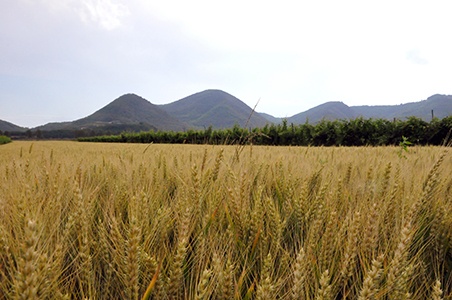
So, sustainable agriculture has the objective to supply expected productions (food, raw materials, energy, and so on) ensuring and improving the fundamental ecosystem services, offering an equal turnback to whom concerned into the productive process and preserving the utilized natural resources for the future generation.
We have also to deny some myths which see the sustainable agriculture linked to specific productive techniques. For example, on the web, sustainable agriculture is often confused with biological one. It is true that sometimes biological agriculture has been modified in a way that it could be turned sustainable, but in a large number of cases, as result of a specific exam, it’s not. Sustainable agriculture, in fact, cannot be marked as the biological on, or the conservative one, integrated, anti-OGM, pro-OGM, supportive, and so on.
Instead, according to territory characteristics, type of crops, available technologies, sustainable agriculture should take benefit from the knowledge and techniques of each of these agriculture models.
It is difficult in fact, to claim that on the long period, the indiscriminate use of copper (one of UE’s main topics) it is more sustainable than a few grams of high level decomposability (chemical-physical and biological) molecules. Or viceversa, the improper and indiscriminate use of the glyphosate (as it happens in Canada, with main target the non-usage of weeding, and at the same time the acceleration of grain ripening) may be recognized as a sustainable technique. Sustainable agriculture uses and completes local natural resources with the main objective to maintain and to improve soil fertility, to favor a more efficient use of water, to augment the crops and nurseries animal’s biodiversity, to protect biodiversity in soils and agricultural environments, to reduce the use of chemical products for weed and parasites control, to favor social and ecosystem services in the territory.
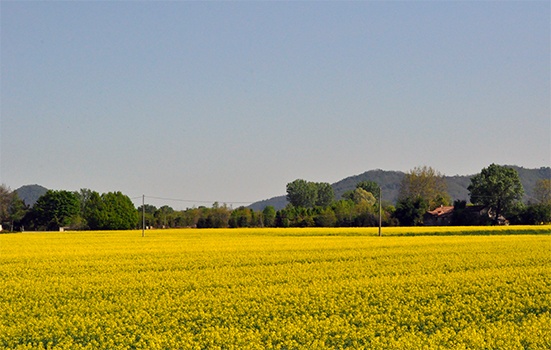
At the same time can be considered sustainable, the agricultural process that makes a little use of the chemicals, that means using just the low-impact particles, which don’t interfere with the ecosystem, outside the production process. The integrated struggle, which today is very diffuse in our Country, uses very efficient pest/parasites -control methods that have a low impact on the environment and with sustainable costs.
Sustainable agriculture in fact makes a little use of resources and external inputs, and the best way to realize it is to reduce the wastes and to maximize the production. For these reasons we assume that sustainable agriculture is linked to technology and precision agriculture, outside general managing indications. Parallel drive, variable rate, prescription maps, predictive models, all of these are powerful instruments which can accelerate the way towards the sustainability.
We hope we have been useful through this article and been capable of let you understand the importance of using sustainable working processes. If you still have doubts or you desire to discover how Forigo solutions play a successful role in this practice, don’t hesitate to contact us! We will be happy to satisfy all your requests of information.

Research and Development Division of Forigo Roteritalia. Team of experts engaged in the study and analysis of the main agricultural and horticultural techniques used today. Knowledge combined with competence are the starting point for continuous improvement in a scenario of innovation and technological development.
Upcoming Exhibitions
Previous Exhibitions
30 MARCH 2025
Forigo at Agriumbria 2025: quality in soil preparation
07 FEBRUARY 2025
Forigo at Fruit Logistica 2025: towards more efficient agriculture

